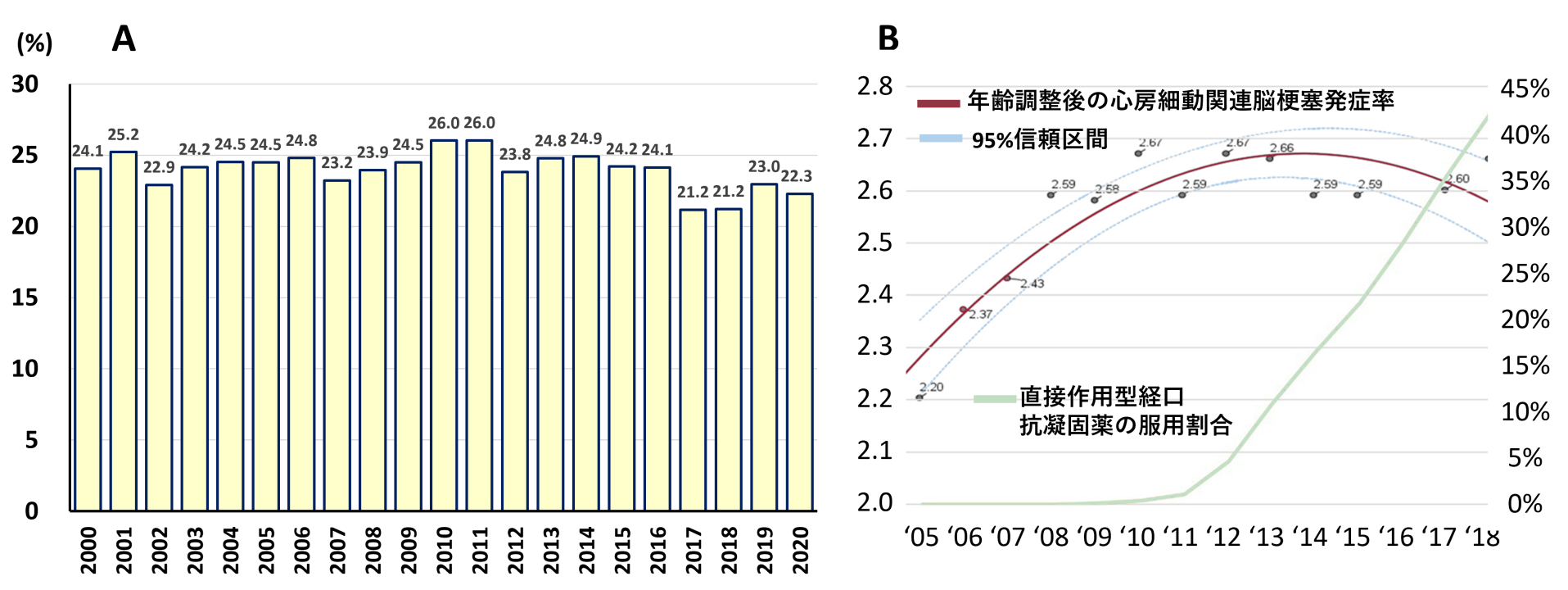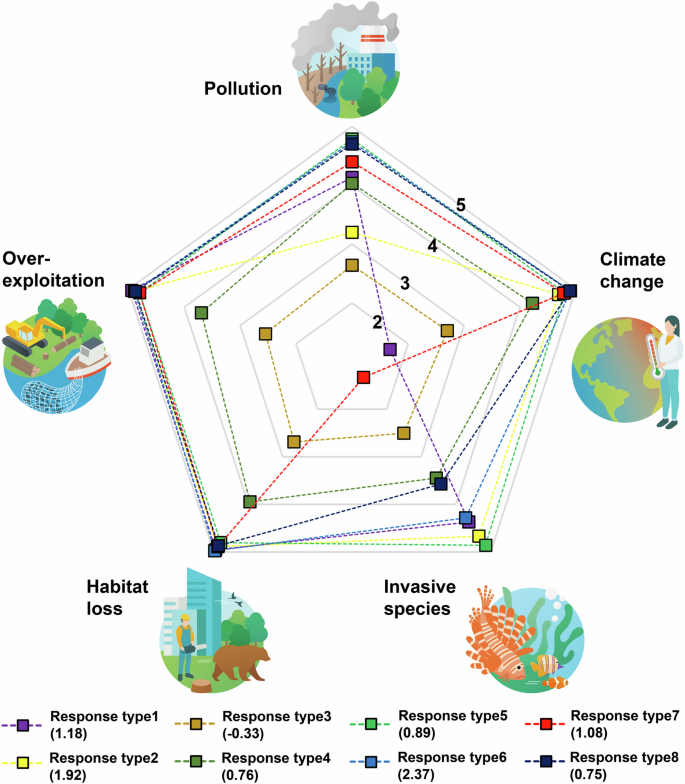2024-06-11 アメリカ合衆国・ブルックヘブン国立研究所(BNL)

・ BNL が、カメリナ(Camelina sativa)の種子の遺伝子操作により、油脂をより多く生産する新しい品種を開発。
・ カノーラ(菜種)のような油糧種子作物では、種皮の黄色い品種のものが茶色のものよりも油脂を多く生産するが、これには茶色の種皮を作るタンパク質が重要な役割を担っている。
・ 本研究では、油脂を多く生産する黄色い種皮の自然の菜種に倣い、ゲノム編集ツールを用いて通常のカメリナよりも 21.4%多く油脂を蓄えるカメリナの高収量変種を作製。数パーセントでも油脂生産量が増加できれば、何百万エーカーもの土地での植栽では油脂生産量の大幅な増加につながる。
・ 黄色い種皮と油脂の高含有量に関与する遺伝子は、Transparent Test 8 (TT8)と呼ばれるタンパク質の合成を指令する。TT8 は、種皮を茶色にする化合物の生産を制御し、油脂の合成に関わる遺伝子の一部を阻害している。
・ そこで、カメリナの遺伝子の TT8 を除去することで油脂合成の阻害が解除され、油脂生産に転用できる炭素が得られるという仮説を構築。ただし、2 対の染色体を有する(=各遺伝子につき 2 個のコピーを有する)一般的な植物とは異なり、カメリナは 6 対の染色体を有する 6 倍体。このため、カメリナには黄色い種皮の自然な品種が存在しない。TT8 の 6 個のコピー全てに同時に突然変異が発生し、その機能を完全に破壊する可能性は極めて低い。
・ 本研究では、CRISPR/Cas9 を用いて TT8 遺伝子内の特定の DNA を切断し、これらの遺伝子を不活性化させる突然変異を作製。生化学・遺伝子分析の結果、TT8 遺伝子の 6 個のコピー全てが破壊されたものでのみ、種皮の色が茶色から黄色に変化したことを確認。黄色の種子では、フラボノイド化合物と粘液の量が未編集のゲノムを持つカメリナの系統の茶色の種皮のものよりも少なかった。
・ さらに、油脂合成と脂肪酸の生産に関与する多くの遺伝子の発現量が増加し、油脂の蓄積量が飛躍的に増加。しかも、タンパク質とデンプンの量には変化がなかった。このような TT8 の変異は、次世代のカメリナにも受け継がれており、安定して持続することを提示する。
・ 本研究には、”Enhancing Camelina Oilseed Production with Minimal Nitrogen Fertilizationn in Sustainable Cropping Systems”プロジェクトの一環として、米国エネルギー省(DOE) 科学局(SC)が資金を提供した。
URL: https://www.bnl.gov/newsroom/news.php?a=121931
<NEDO海外技術情報より>
関連情報
Plant Technology Journal 掲載論文(フルテキスト)
Creating yellow seed Camelina sativa with enhanced oil accumulation by CRISPR-mediated disruption of Transparent Testa 8
URL: https://onlinelibrary.wiley.com/doi/10.1111/pbi.14403
Summary
Camelina (Camelina sativa L.), a hexaploid member of the Brassicaceae family, is an emerging oilseed crop being developed to meet the increasing demand for plant oils as biofuel feedstocks. In other Brassicas, high oil content can be associated with a yellow seed phenotype, which is unknown for camelina. We sought to create yellow seed camelina using CRISPR/Cas9 technology to disrupt its Transparent Testa 8 (TT8) transcription factor genes and to evaluate the resulting seed phenotype. We identified three TT8 genes, one in each of the three camelina subgenomes, and obtained independent CsTT8 lines containing frameshift edits. Disruption of TT8 caused seed coat colour to change from brown to yellow reflecting their reduced flavonoid accumulation of up to 44%, and the loss of a well-organized seed coat mucilage layer. Transcriptomic analysis of CsTT8-edited seeds revealed significantly increased expression of the lipid-related transcription factors LEC1, LEC2, FUS3, and WRI1 and their downstream fatty acid synthesis-related targets. These changes caused metabolic remodelling with increased fatty acid synthesis rates and corresponding increases in total fatty acid (TFA) accumulation from 32.4% to as high as 38.0% of seed weight, and TAG yield by more than 21% without significant changes in starch or protein levels compared to parental line. These data highlight the effectiveness of CRISPR in creating novel enhanced-oil germplasm in camelina. The resulting lines may directly contribute to future net-zero carbon energy production or be combined with other traits to produce desired lipid-derived bioproducts at high yields.


